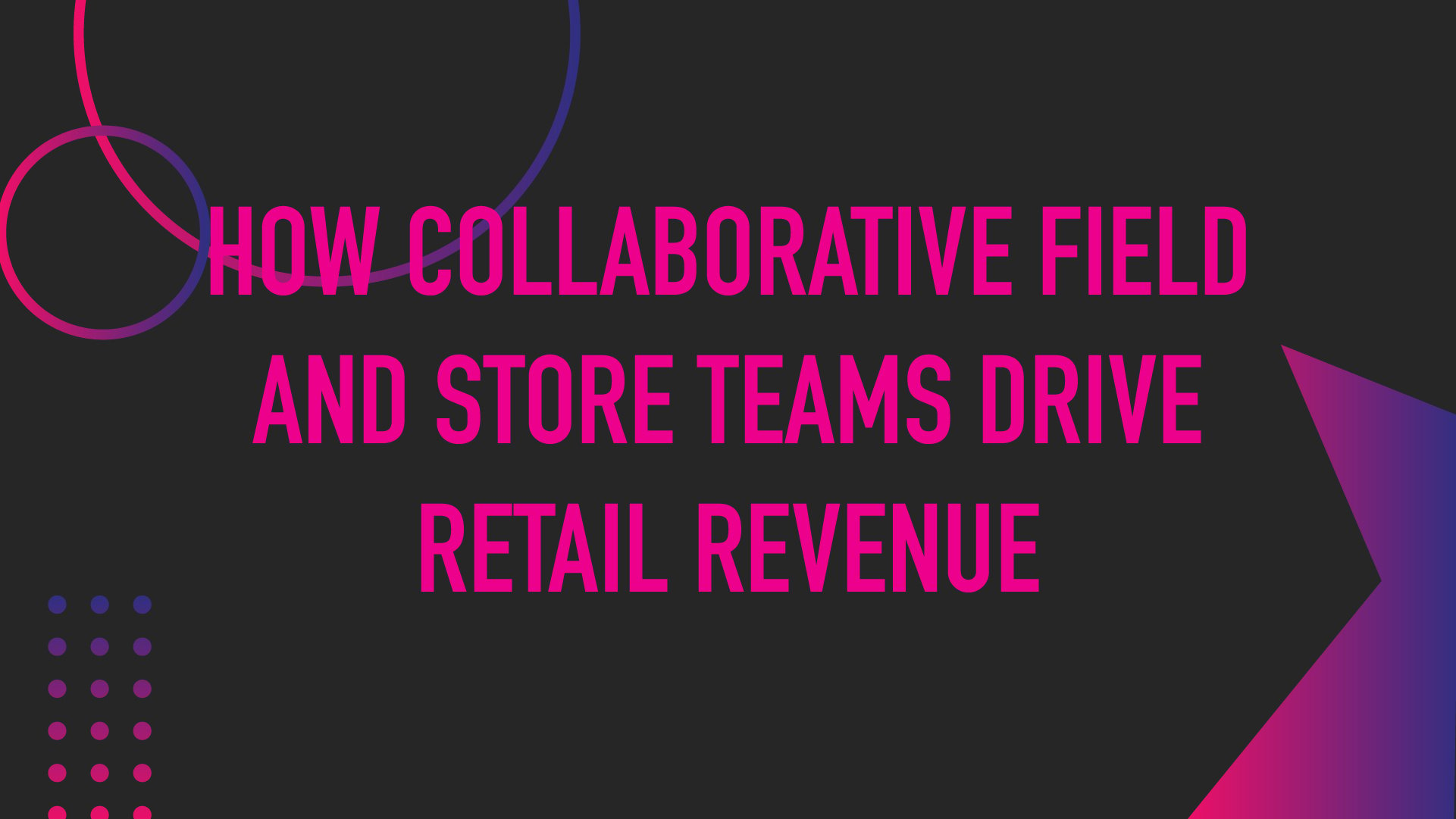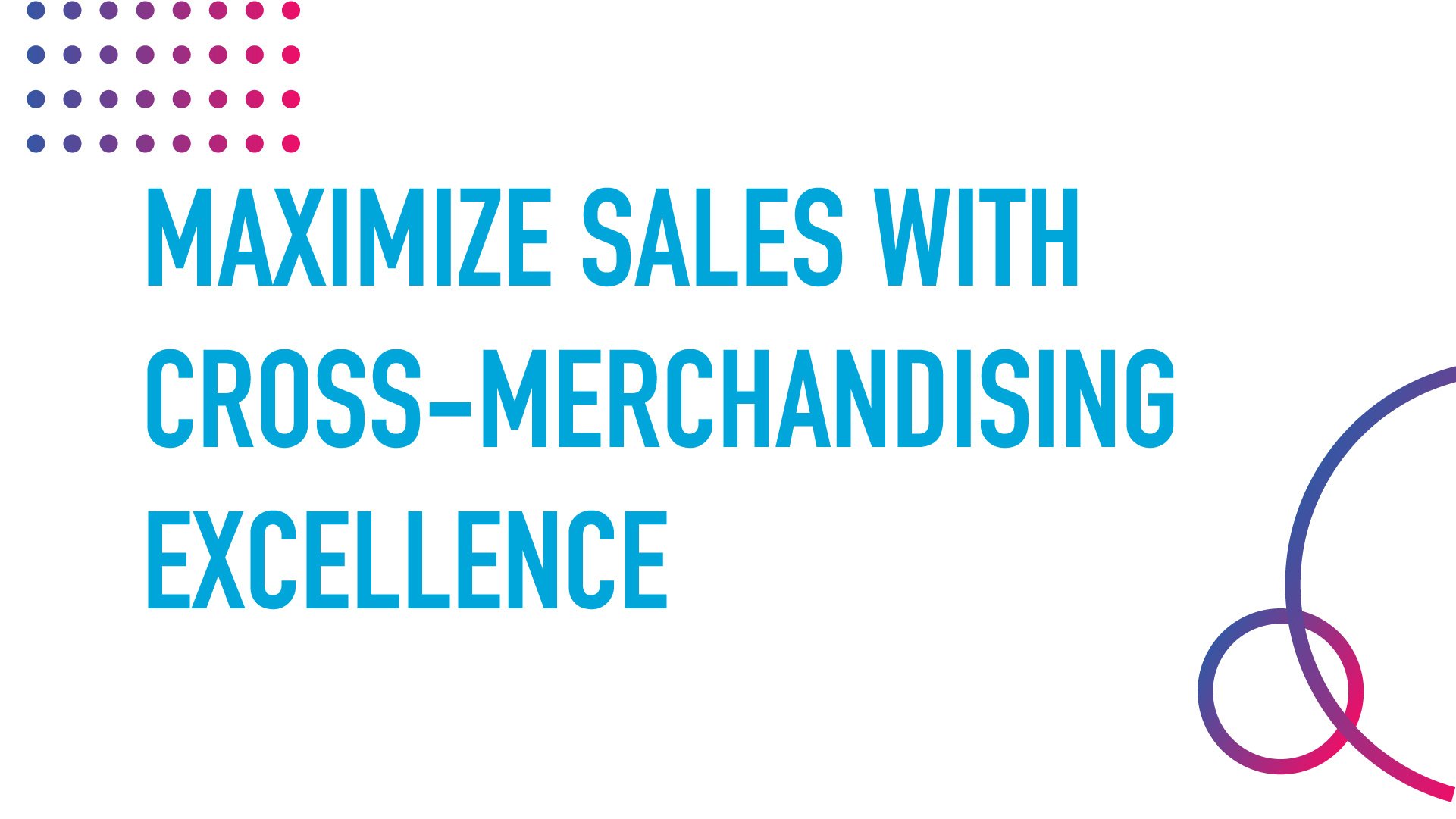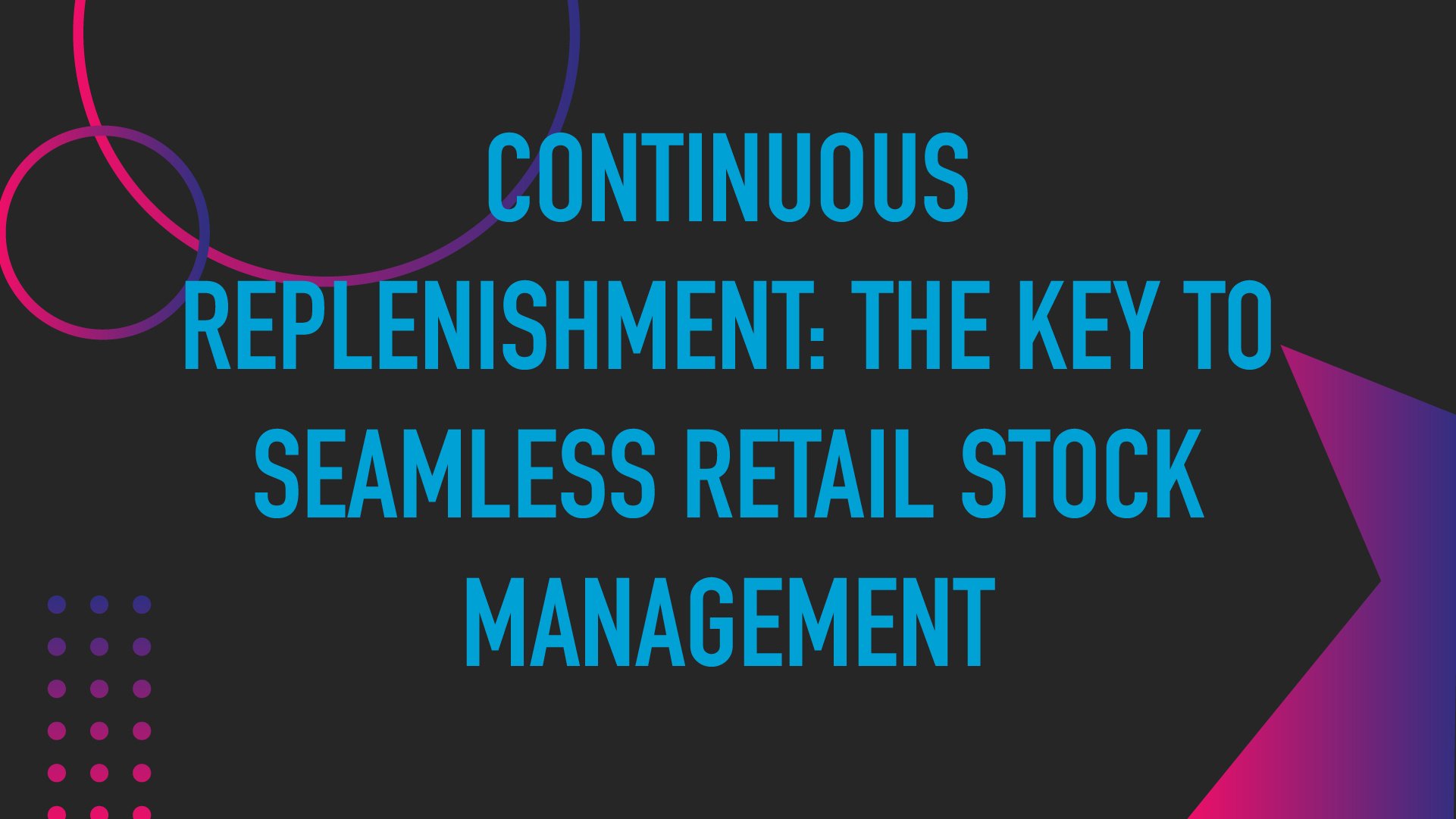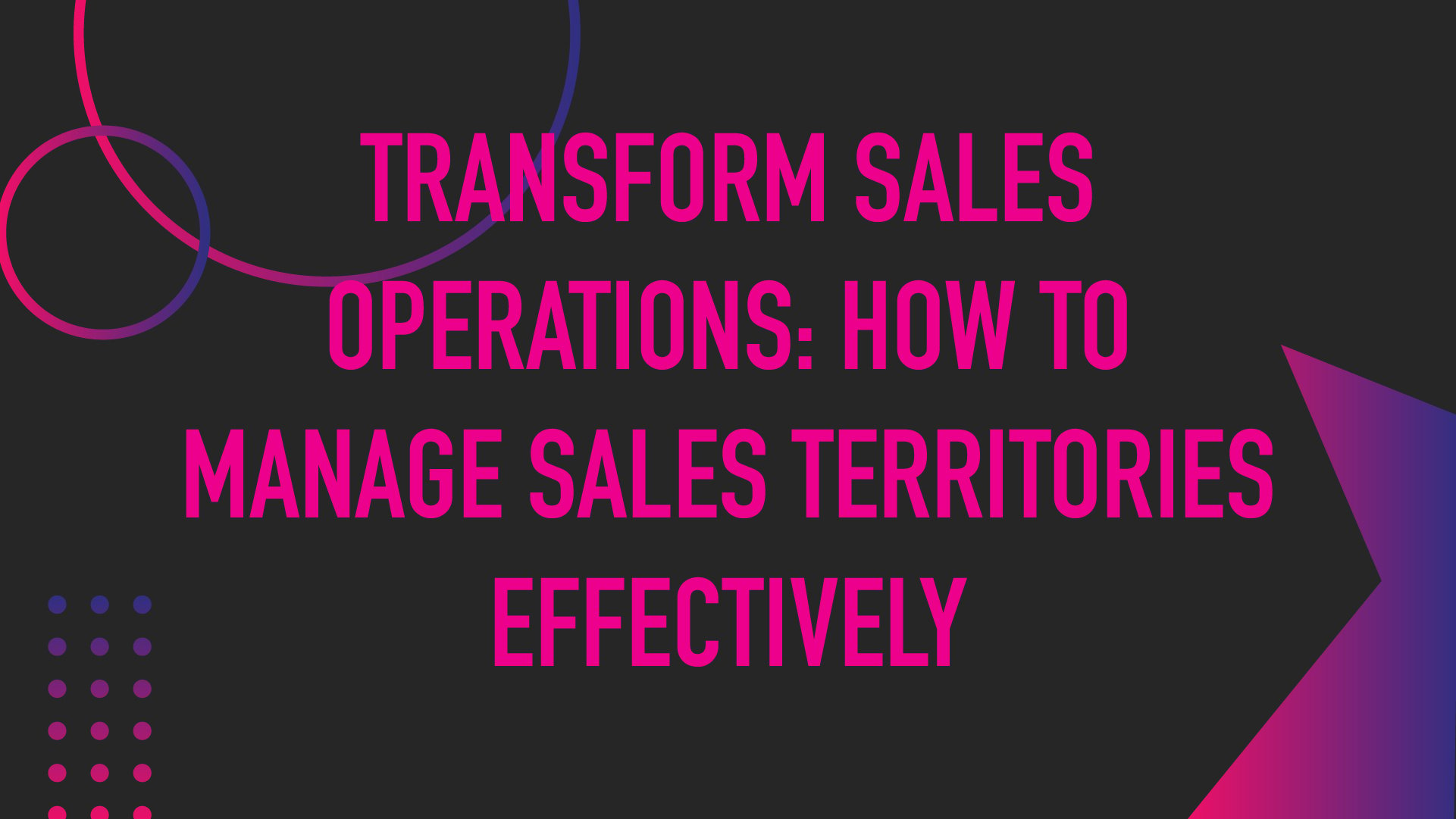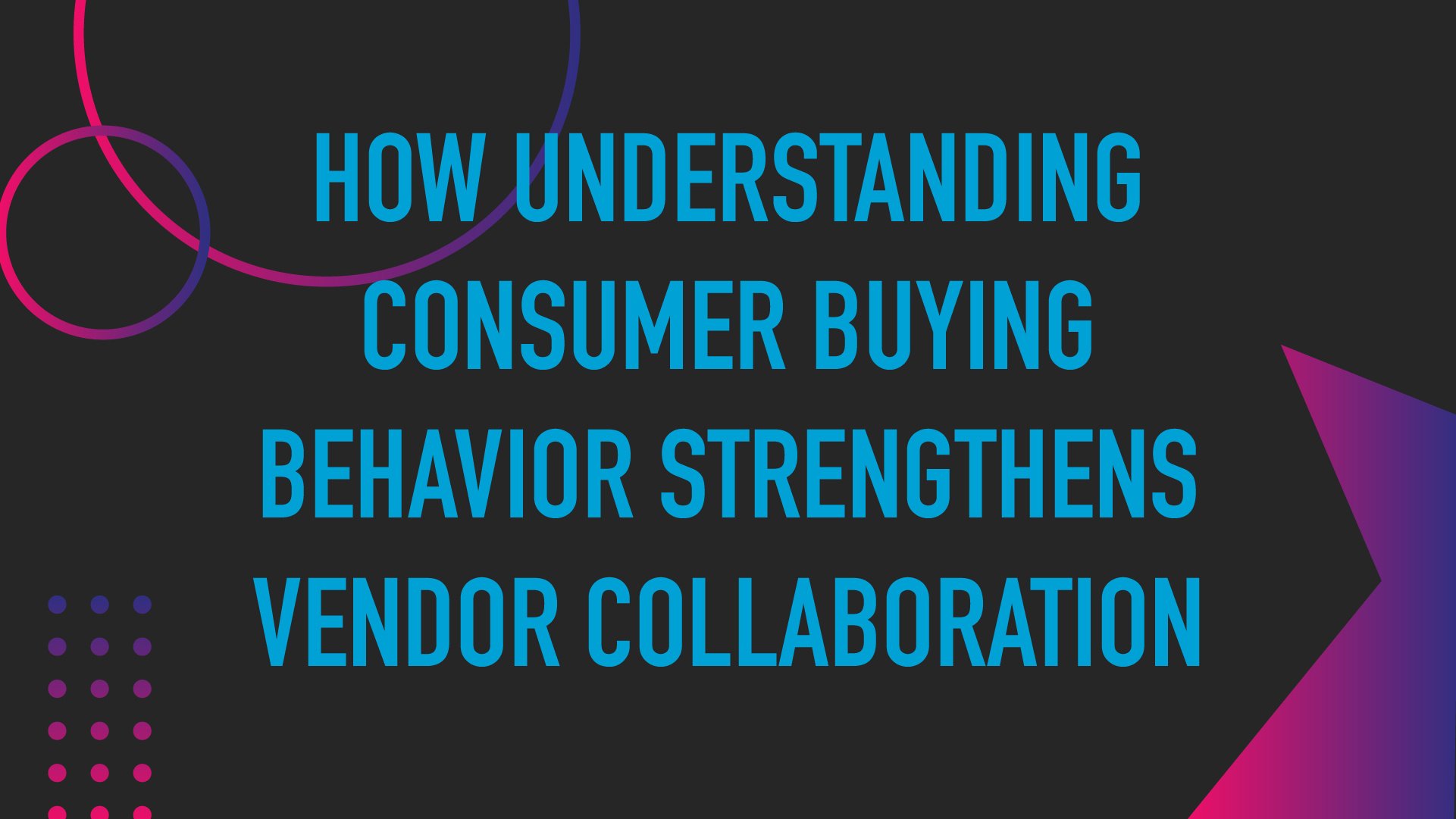Inflation and Its Effects on Retail Execution


The pandemic has affected every aspect of life. For the past two years, everything from how we navigate social gatherings to how we work has changed. But nowhere else has the effects of the pandemic been more starkly visible than in the retail sector.
From the scarcity of workers to the empty spaces on store shelves, the pandemic has laid bare the unique challenges that retail teams face when keeping U.S. consumers supplied with the goods they need.
As the world begins to emerge from rolling pandemic lockdowns, a new challenge arises—inflation and its effect on retail execution.
The current state of inflation
It’s a catch-22: interest rates dropped at historic lows to encourage consumer spending, but these same lows contributed to historic inflation. In March 2022, the Consumer Price Index rose 8.5%. This was the largest increase since 1981, a time of recession when monetary policy tightened as an attempt to combat inflation.
In addition to low interest rates, a variety of other factors have contributed to the high inflation rate.
1) Supply chain issues
The world is increasingly connected. If retailers are only as strong as their weakest link, in the early days of the pandemic that weak link was quickly identified as the supply chain.
Early bottlenecks across the globe caused some economists to lay the blame for inflation at the feet of the supply chain. Freight delays mean less stock, which leads to higher prices because demand stays high but availability is low.
And when demand goes up, prices do too.
2) Demand outstripping supply
One driving factor in inflation is that the demand for goods outstrips the supply.
Raising interest rates slows the rate of borrowing and allows manufacturers to catch up in production. This is true in every retail sector, from groceries to automobiles.
However, with less demand, retailers are forced to lower prices to attract customers back into stores. Unfortunately, there may be a tipping point in retail execution where lower prices have not yet attracted enough customers to cover pandemic-era increases in the costs of wages and other operating expenses.
In some cases, raising the interest rate could cause a period of uncertainty for stores as the economy slowly comes into balance.
3) Rising labor costs
Labor movements during the pandemic—including the push to unionize in previously impenetrable retailers like Amazon and Starbucks—have combined with fewer available workers to increase wages. In many cases, the increased cost of labor is then rolled into the price of consumer goods.
Although this makes sense from a business perspective—increasing prices to cover operating expenses—some believe it could prolong, and possibly worsen, the inflationary period.
4) Changes in consumer behavior
Some retailers aren’t seeing any substantive changes in how consumers are spending, but others find that their bottom line is already seeing the impact of inflation and its effect on retail execution, causing them to pivot in major ways.
Albertsons CEO Vivek Sankaran noted that even though the availability of goods and rising prices are still a factor, their stores have not noted any major changes to shopping behavior. He observes, “[We] are not seeing a change in behavior. We’re still seeing the consumer is very strong. We’re not seeing any meaningful trade down.” But the chain is also eliminating some of their standard weekly discounts as gas prices and availability pose ongoing financial challenges for their customers.
Other retail giants like Walmart have worked with suppliers to keep prices on the basics low, even as COVID variants send workers home and continue to cause breaks in the supply lines. Doug McMillon, CEO of Walmart, emphasized the company’s commitment to serving their core customers: “Walmart U.S. [customers look] like the U.S. population…[and] so we’ll serve everybody. And during periods of inflation like this, middle-income families, lower middle-income families, even wealthier families become more price sensitive.”
Using data to keep shelves full (and retail execution tight)
Having robust tools that deliver real-time data helps retail teams keep their shelves full (and retail execution on point). Movista uses mobile-first technology to help teams coordinate across locations to better serve price-conscious consumers impacted by inflation.
Here's how:
Paving a path to route visibility
When inflation hikes prices, retail employees need the right tools in hand to react in real-time. Movista’s route optimization with tracking gives visibility to the best route from a starting point to store door through improved retail merchandising and retail activity optimization.
Organizing employees
Retail task management tools better coordinate employees both in-store and in the field, prioritizing tasks so that when staffing is low the customer is still top-of-mind (and less important tasks can wait).
Minimizing OOS
Out-of-stocks plagued retail locations across the country at the beginning of the pandemic, and consumers took their business elsewhere. As supply chains rebuild and manufacturers increase production, there is no excuse for empty shelves.
Make sure employees have access to correct, real-time data to bring consumers the goods they need. Movista puts access to available stock in the palm of your team’s hands.
Staying mindful of pricing
As higher prices on food and other basic necessities have more impact on economically disadvantaged people, it’s crucial to be mindful of pricing.
A recent survey on how retailers are using inflation to cover costs found some disturbing trends:
- The majority of respondents raised prices higher than necessary to offset costs (56%)
- More than half of the retailers raised prices 20% or more
- Fewer discounts and increased prices on paired products are used to drive up prices
It’s critical to balance covering costs and maintaining profitability with what the community can sustainably afford. Pricing out your regular shoppers is not a long-term solution to inflation and its effects on retail execution. With data that is updated to reflect changes as they happen, accurate, fair pricing across stores is made easier with Movista.
Fortune favors the prepared
Going forward, it will be hard to predict inflation and its effects on retail execution. One thing is certain, though: retail leaders who are prepared with the right tools are better equipped to adjust their strategies. Large and small retailers with a strong combination of flexibility, data, and organization are the ones who will emerge from this inflationary surge stronger than ever.
featured content
featured content

The Importance of On-Shelf Availability in Retail: Why Keeping Items Stocked is Critical for Competitiveness in 2026
Learn why on-shelf availability is critical in today's retail store environment


